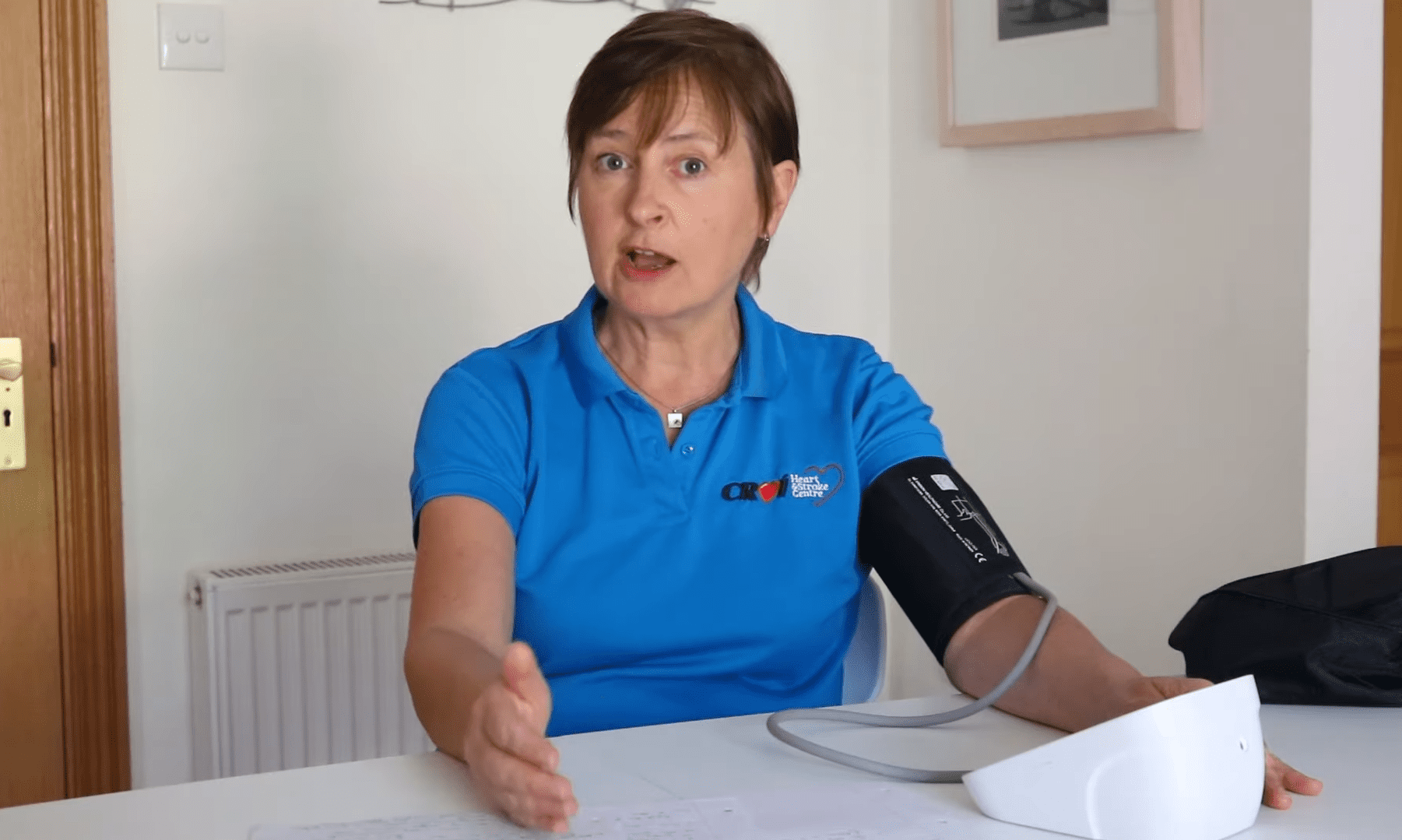Blood Pressure
Home / Heart / Risk Factors / Blood Pressure

Blood Pressure
Blood pressure is the force of the blood on the walls of your artery each time your heart pumps – think of water rushing through a water pipe. High blood pressure means that blood is moving faster or under greater pressure. This can happen when arteries are narrower than they should be. Having blood running at greater pressure can damage your arteries and increase your chances of heart disease, stroke and suffering kidney damage. High blood pressure is a sign your heart is being overworked so it is important to look after your blood pressure and to keep it at healthy levels. High blood pressure is also one of the main causes of stroke.
When you are having your blood pressure measured, there are two readings:
- Systolic: This is your blood pressure when the heart squeezes or contracts to pump blood around your body.
- Diastolic: This is your blood pressure when your heart relaxes between contractions.
When you have your blood pressure checked, you will be given the results as ‘systolic level over diastolic level’, for example ‘120 over 80’.
- You have high blood pressure when your blood pressure readings are more than 140 over 90 consistently over several readings.
- We should all aim to have a blood pressure level below 140 over 90. For those on treatment or with established diabetes they should aim for 130/80 or below.
- You can help lower your blood pressure by:
- Quitting smoking
- Maintaining a healthy weight
- Reducing salt intake
- Limiting alcohol intake
- Eating more fruit vegetables and fibre
- Being more physically active
Lots of people are nervous when they go to their doctor and this can mean their blood pressure results give high readings, even though they might have normal blood pressure. This is called ‘white coat syndrome’ and is one of the reasons why you should have your blood pressure checked at home or possibly even wear a 24-hour blood pressure monitor before you are diagnosed as having high blood pressure.
Many people also like to monitor their blood pressure themselves using a home blood pressure monitor. The British & Irish Hypertension Society publishes the only independent, validated blood pressure monitors for home use, not governed by commercial interest. For a full list of validated blood pressure monitors, click here, or here is Croí’s short-list of recommended blood pressure monitors:
- A&D UA-705: Upper Arm
- A&D UA-704: Upper Arm
- Omron M2 Compact (HEM-7102-E): Upper Arm
- Omron M2 Basic (HEM-7116-E) (Derivative of M3-I (HEM-7051-E)): Upper Arm
- Omron M7 (HEM-780-E): Upper Arm
- Family History of high Blood pressure
- Age – as we grow older , blood pressure tends to rise
- Ethnic origin – people from African-Caribbean and south Asian communities have a higher predisposition to developing high blood pressure.
- Smoking
- High intake salt (sodium) in your diet
- High Intake of alcohol
- Being overweight
- Being inactive – lack of regular exercise
- High blood pressure can also be caused by other diseases such as kidney disease

